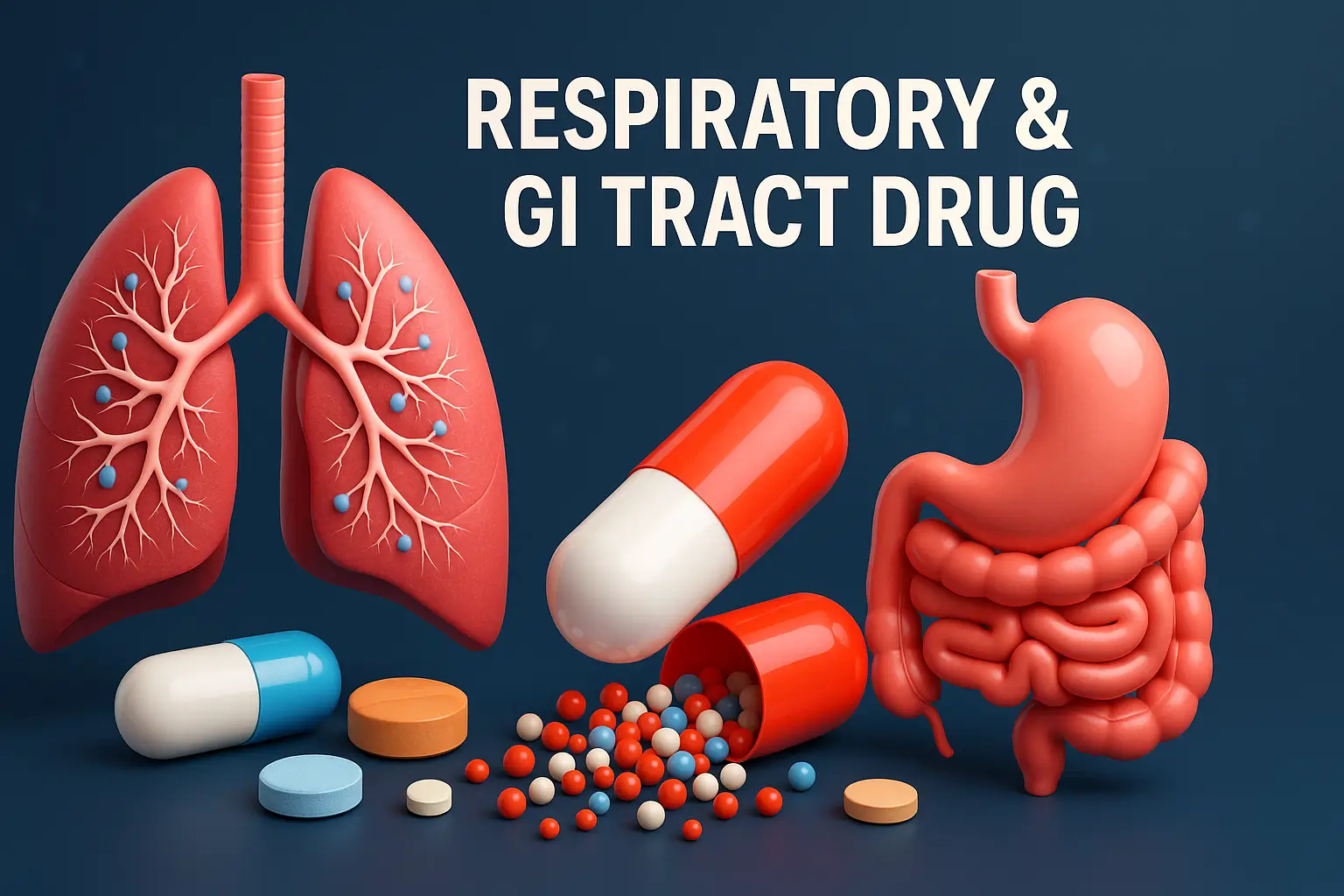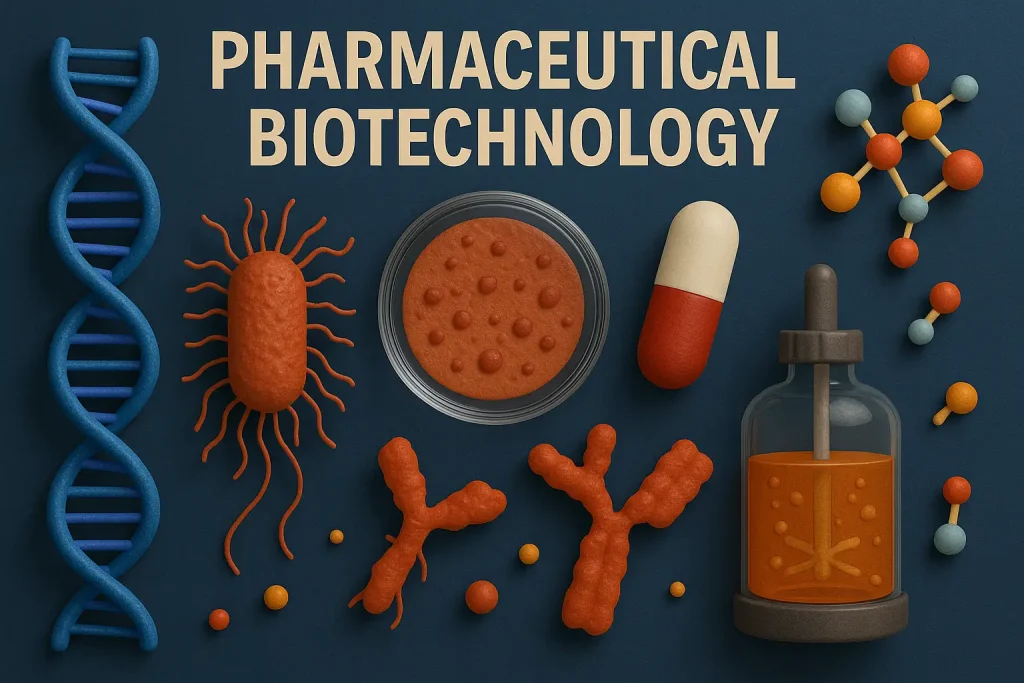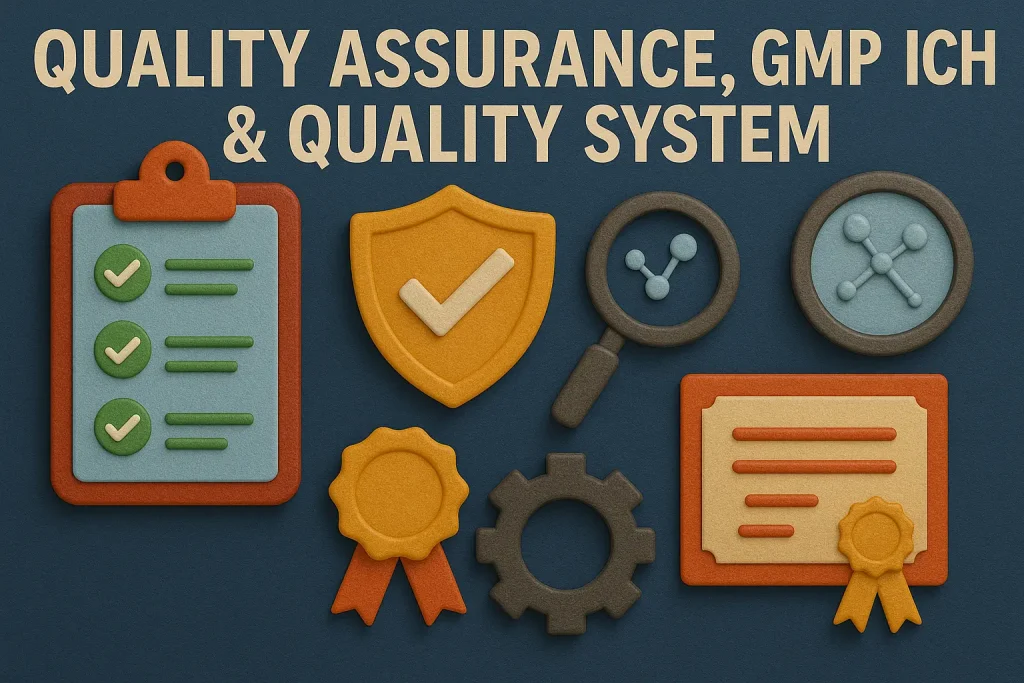Pharmacokinetics Models, Dosing & Parameters Notes [U-3]
Buy Premium
Get The High-Quality Pdf Notes on App
Pharmacokinetics
- Pharmacokinetics: Definition and Introduction
- Plasma Drug Concentration-Time Profile
- Reaction Kinetics: Rate, Rate Constants, and Order
- Compartmental Models in Pharmacokinetics
- Non-Compartment Models (Model-Independent Approach)
- Physiological Models (PBPK – Physiologically Based Pharmacokinetic Models)
- One-Compartment Open Model
- One-Compartment Model with Intravenous Bolus Administration
- One-Compartment Model with Intravenous Infusion
- One-Compartment Model with Extravascular Administration
Pharmacokinetics parameters
Other Units of Biopharmaceutics and Pharmacokinetics
Biopharmaceutics and Pharmacokinetics
Other Subjects of B Pharmacy 6th Semester
Topic wise notes of:
Medicinal Chemistry III
- Antibiotics & Aminoglycosides
- Antibiotics & Antimalarials: Structures & SAR
- Anti-TB, UTI & Antiviral Agents
- Antifungals, Antiprotozoals & Sulfonamides
- Intro to Drug Design & QSAR Approaches
Topic wise notes of:
Pharmaceutical Biotechnology
- Introduction to Pharmaceutical Biotechnology
- Genetic Engineering & rDNA Technology
- Immunology and Vaccine Technology
- Microbial Genetics & Biotransformation
- Fermentation & Bioproduct Production
Topic wise notes of:
Pharmaceutical Quality Assurance
- Quality Assurance, GMP, ICH, QbD & Quality System
- GMP: Personnel, Premises & Equipment Control
- Quality Control and Good Laboratory Practice
- Complaints & Document Management
- Calibration and Warehousing
Unit-III: Pharmacokinetics Models Dosing & Parameters Notes
This unit provides an overview of pharmacokinetics, focusing on drug movement through the body using various models and key parameters.
1. Introduction to Pharmacokinetics
- Definition: The quantitative study of drug absorption, distribution, metabolism, and excretion (ADME).
- Models Used:
- Compartment Models: Simplified representations like one-compartment or multi-compartment systems.
- Non-Compartment Models: Model-independent methods based on statistical moment theory.
- Physiological Models: Based on actual anatomical and physiological parameters of organs and tissues.
2. One-Compartment Open Model
- Intravenous Injection (Bolus): Immediate input of drug into systemic circulation.
- Intravenous Infusion: Continuous drug administration at a constant rate.
- Extravascular Administration: Includes oral, intramuscular, and subcutaneous routes where absorption phase is involved.
3. Pharmacokinetic Parameters
- Kel (Elimination Rate Constant)
- CL (Clearance)
- t½ (Half-life)
- Vd (Volume of Distribution)
- AUC (Area Under the Curve)
- Ka (Absorption Rate Constant)
- Clt (Total Clearance)
4. Significance and Applications
These parameters help in determining dosing regimens, evaluating drug efficacy and safety, and designing drug delivery systems
At FirstHope, we provide BPharm notes that are topic-wise, easy to understand, and designed strictly as per the AKTU and Other Universities, hence designed according to PCI syllabus.





